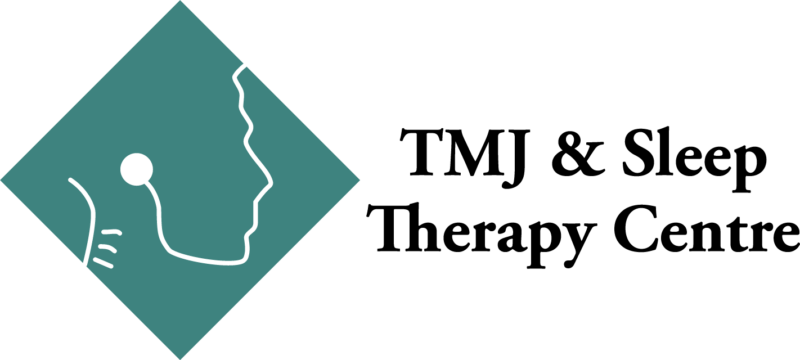If you’ve ever suffered from a migraine, or know someone who has, you know how painful it can be. Migraines are no fun.
Now imagine you’re seven years old and you have a migraine. Besides the pain, add a child’s terror.
Migraines are debilitating headaches that occur in children as young as four years old. They have no known cause but are linked to neurological changes in the brain, and seem to be passed genetically from parents to children. Roughly five percent of children suffer from migraines and about 70 percent of them have a parent or sibling with the same condition.
Parents often panic in response to their children’s first migraine, but know that an intense headache is rarely a sign of a brain tumor.
Nonetheless, migraines are painful, even life-altering events for children. Students may miss school because of their migraines, and anticipatory anxiety can lead to all kinds of problems – daydreaming, truancy, social ostracism, fear of playing sports, loss of fitness, and irritability.
The same things that trigger migraines in adults often cause migraines children as well — stress, anxiety, depression, changes in sleep patterns, loud noises, or certain foods. Too much physical activity or too much sun can also trigger migraines in children, as can hormone changes during the menstrual cycle in girls entering puberty.
If your child suffers from migraines, inform school staff. They should know to contact you if a headache doesn’t improve after a couple of hours, presents unusual symptoms for your child, or appears more extreme than usual. These are signals your child needs to see a physician.
Know the triggers
The first treatment for all migraines, whether in adults or children, is to address the triggers. It is useful to keep a diary of your child’s activities and food choices prior to the onset of migraines. That can help determine which triggers are most associated with his or her headaches. Avoiding those triggers can help prevent or reduce the frequency of migraines.
Treatment for migraines varies individually, in part based on the age of the child. For some, simply sleeping is effective. For others, over-the-counter headache medicine (not aspirin) may dull the symptoms. In addition, because migraines are often accompanied by nausea and vomiting, drugs that treat those symptoms can help.
Vitamins and minerals
Some vitamins and minerals have proven effective against these headaches. Vitamin B2, or riboflavin, may ease the symptoms. Often teens with migraines have low magnesium levels. Dark green, leafy vegetables, beans, seeds and nuts are high in magnesium and belong in your child’s diet anyway.
Teens can also take magnesium supplements, but they can cause diarrhea and clash with other medications. It takes a couple of months before the effects of increasing magnesium levels begin to prevent migraines. Talk to your doctor before making these changes.
Roughly a third of children suffering from migraines lack the antioxidant CoQ10. These supplements are easy to find in the drug store and easy to tolerate.
Reduce stress
Stress can bring on headaches or just make them worse. Find the stressors in your child’s life and do what you can to reduce them. One strategy is through biofeedback, in which the subject pays attention to breathing, heartbeat, body temperature, muscle tension and other functions, and attempts to slow them down mindfully. Talk to your child’s doctor about a baseline study.
Massage
Massage eases the muscle tension that is one of the triggering mechanisms for migraines. Periodic massages, when combined with a good diet and regular exercise, can keep migraines at bay.
Migraines are awful, particularly in children. Whatever you find that reduces their frequency or alleviates the symptoms in your child is worth pursuing.
